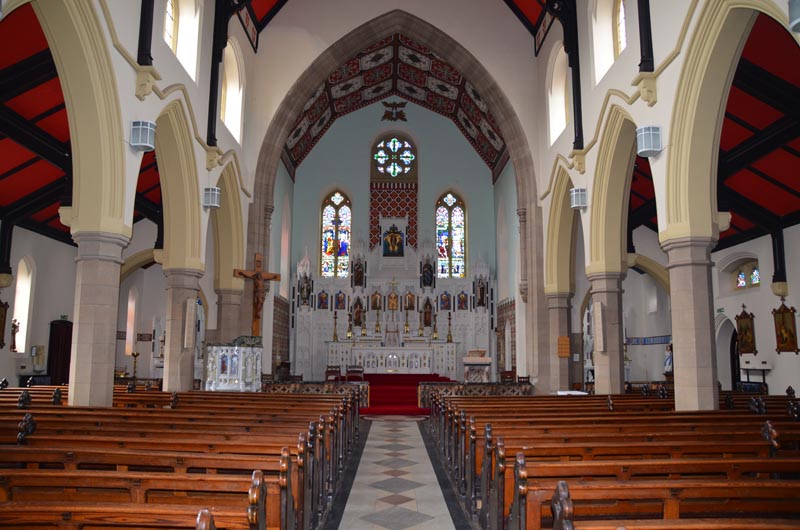
Interesting churches: Our Holy Redeemer’s, Clydebank
 Our Holy Redeemer’s church was opened on October 12th 1903, and was the first dedicated Catholic church to open in the town of Clydebank, where I grew up. The construction of Our Holy Redeemer’s (OHR) was funded by the first Catholic settlers of Clydebank, and my own great grandparents would have been amongst them. I have always found OHR an interesting church because of the historical connection to my own family, as well as the historic importance of OHR church in the local area.
Our Holy Redeemer’s church was opened on October 12th 1903, and was the first dedicated Catholic church to open in the town of Clydebank, where I grew up. The construction of Our Holy Redeemer’s (OHR) was funded by the first Catholic settlers of Clydebank, and my own great grandparents would have been amongst them. I have always found OHR an interesting church because of the historical connection to my own family, as well as the historic importance of OHR church in the local area.
The architect of OHR church and presbytery was Peter Paul Pugin. He was the youngest son of the famous architect Ausustus Welby Pugin (who designed the Houses of Parliament in Westminster). Built using red ashlar-fronted sandstone, Our Holy Redeemer’s church in Clydebank is situated on the main Glasgow road on the banks of the River Clyde, standing out as a very distinctive old red building, amongst what is otherwise unimpressive scenery.
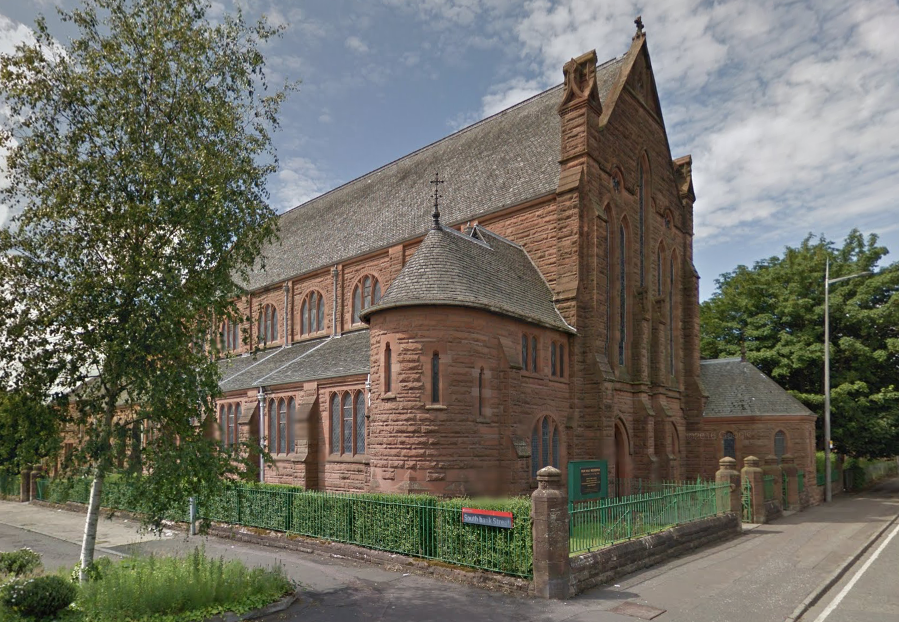
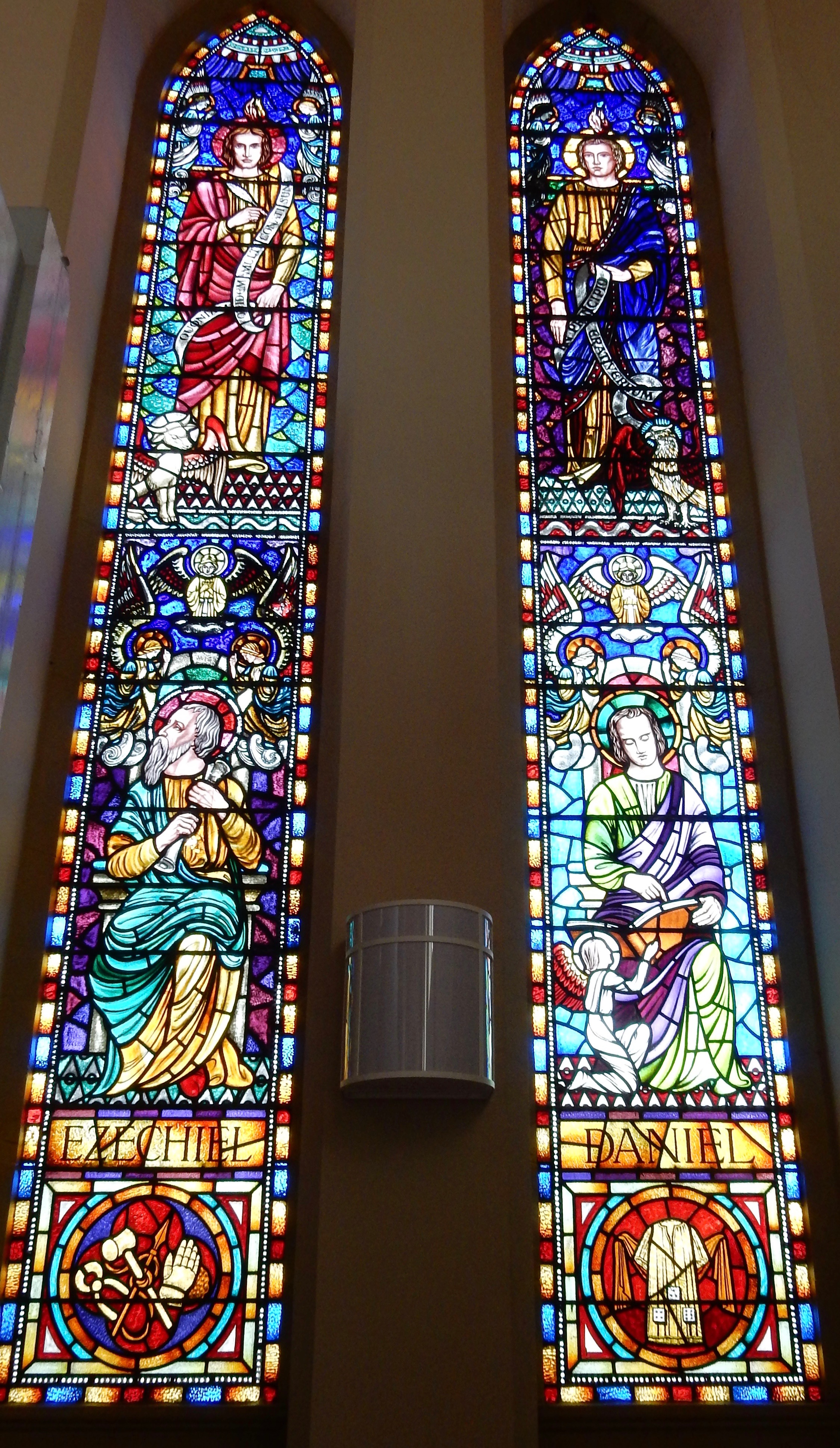
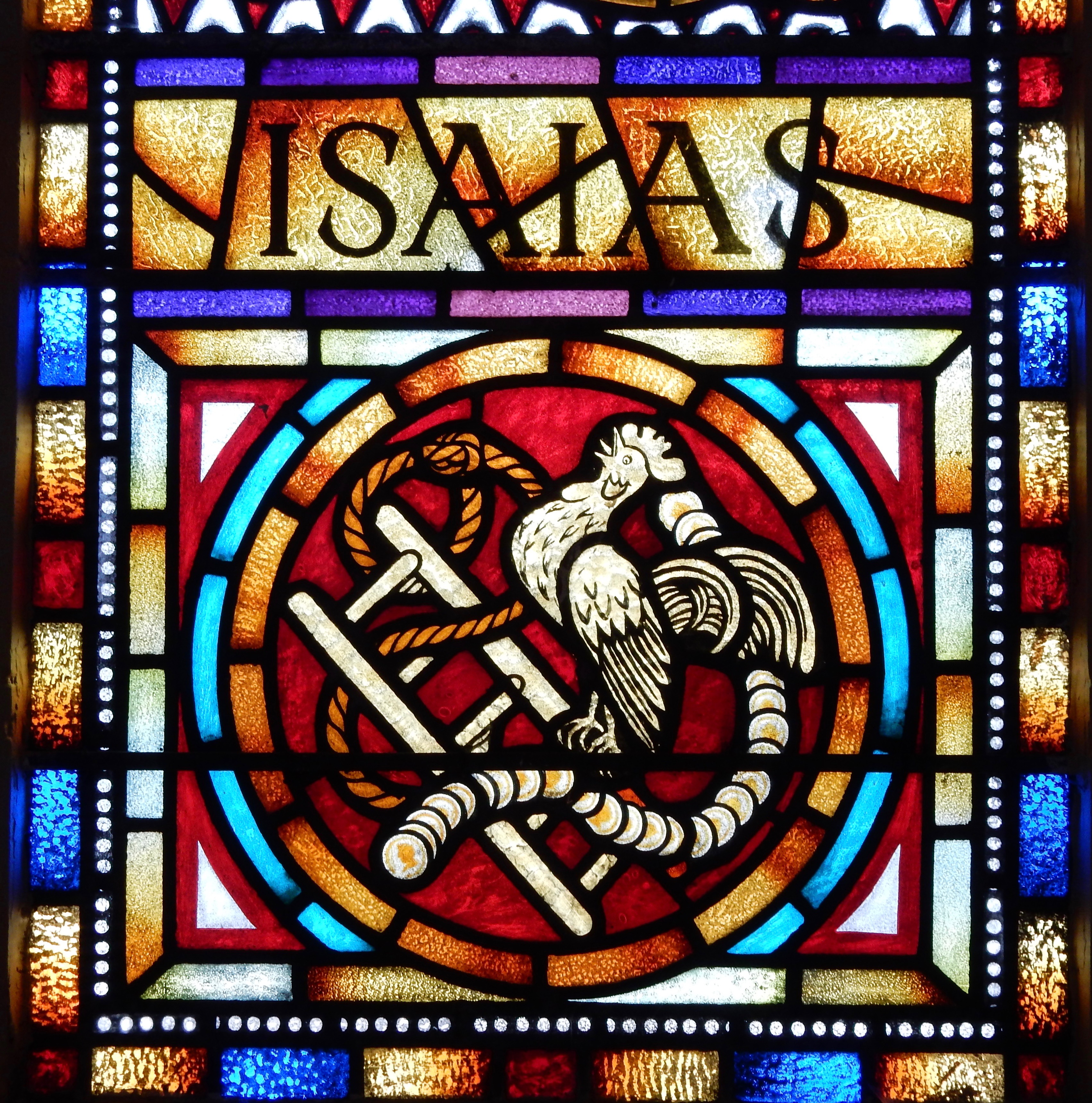
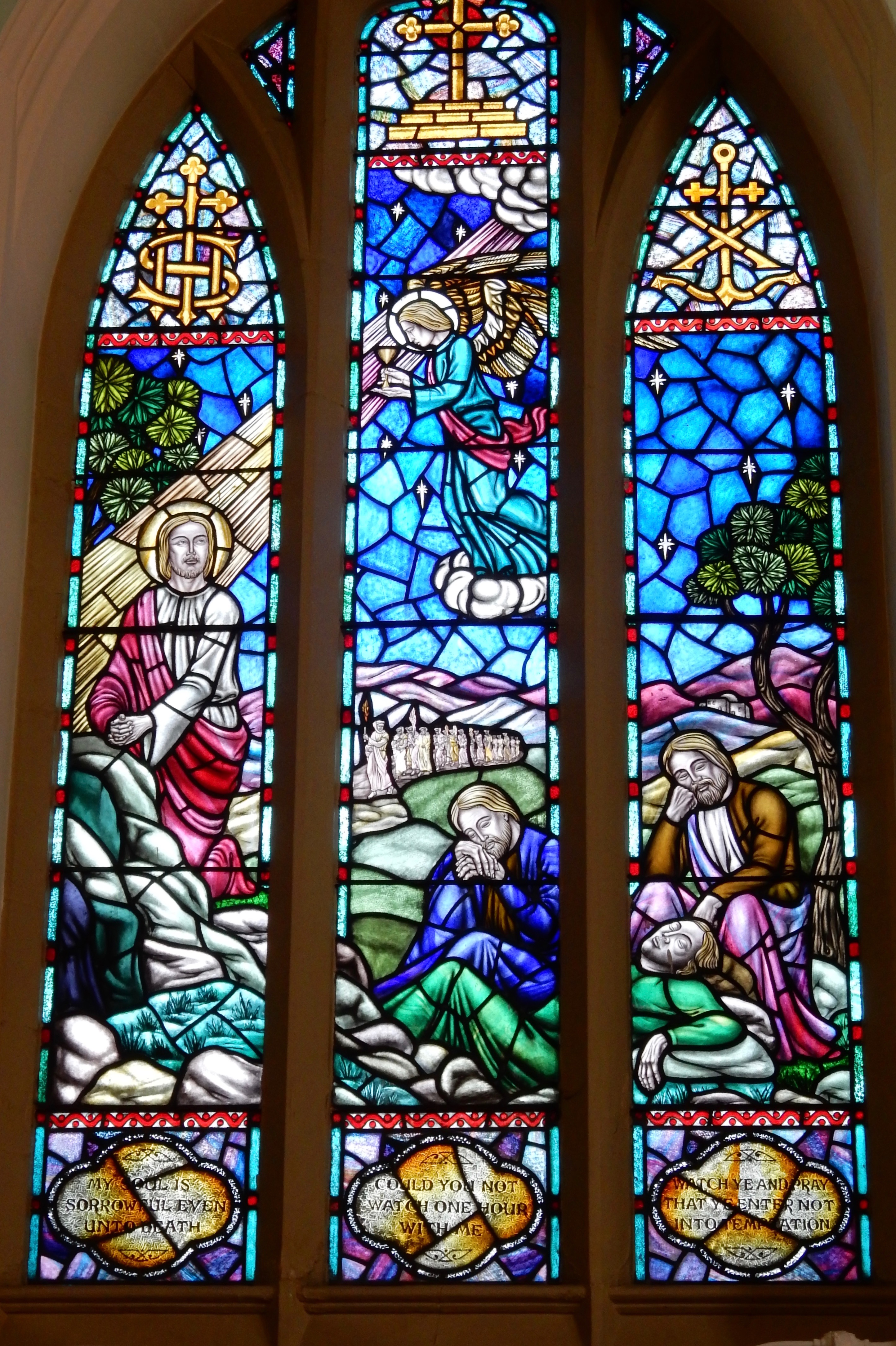
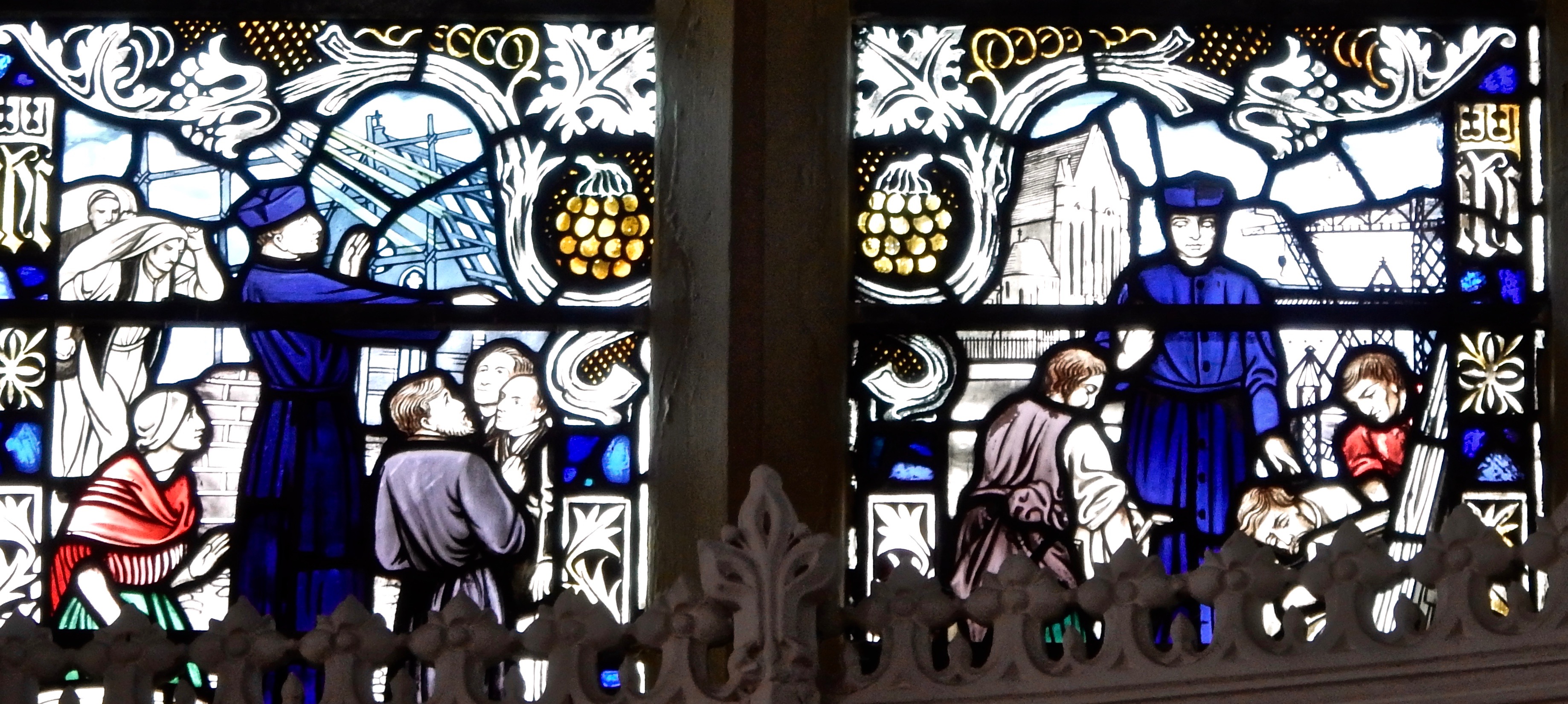
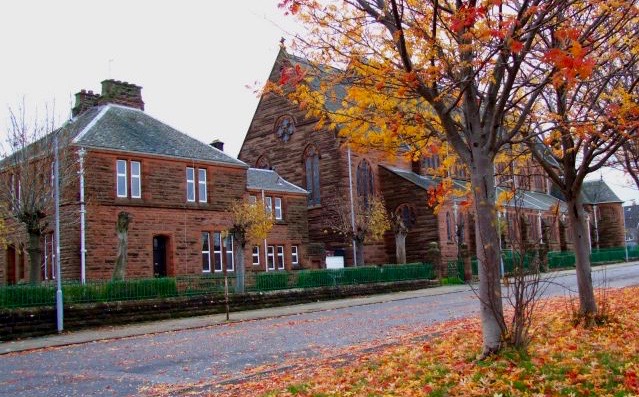
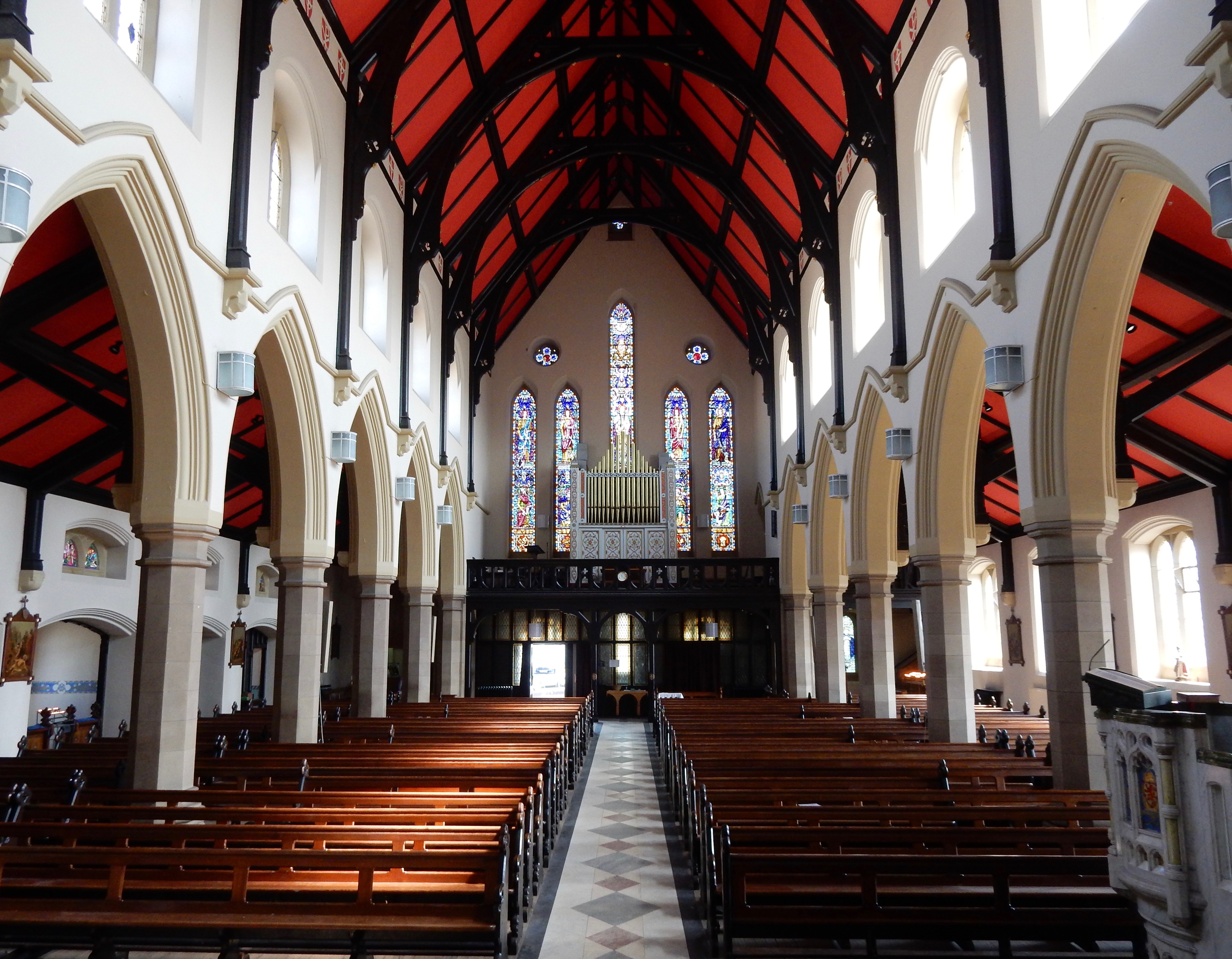
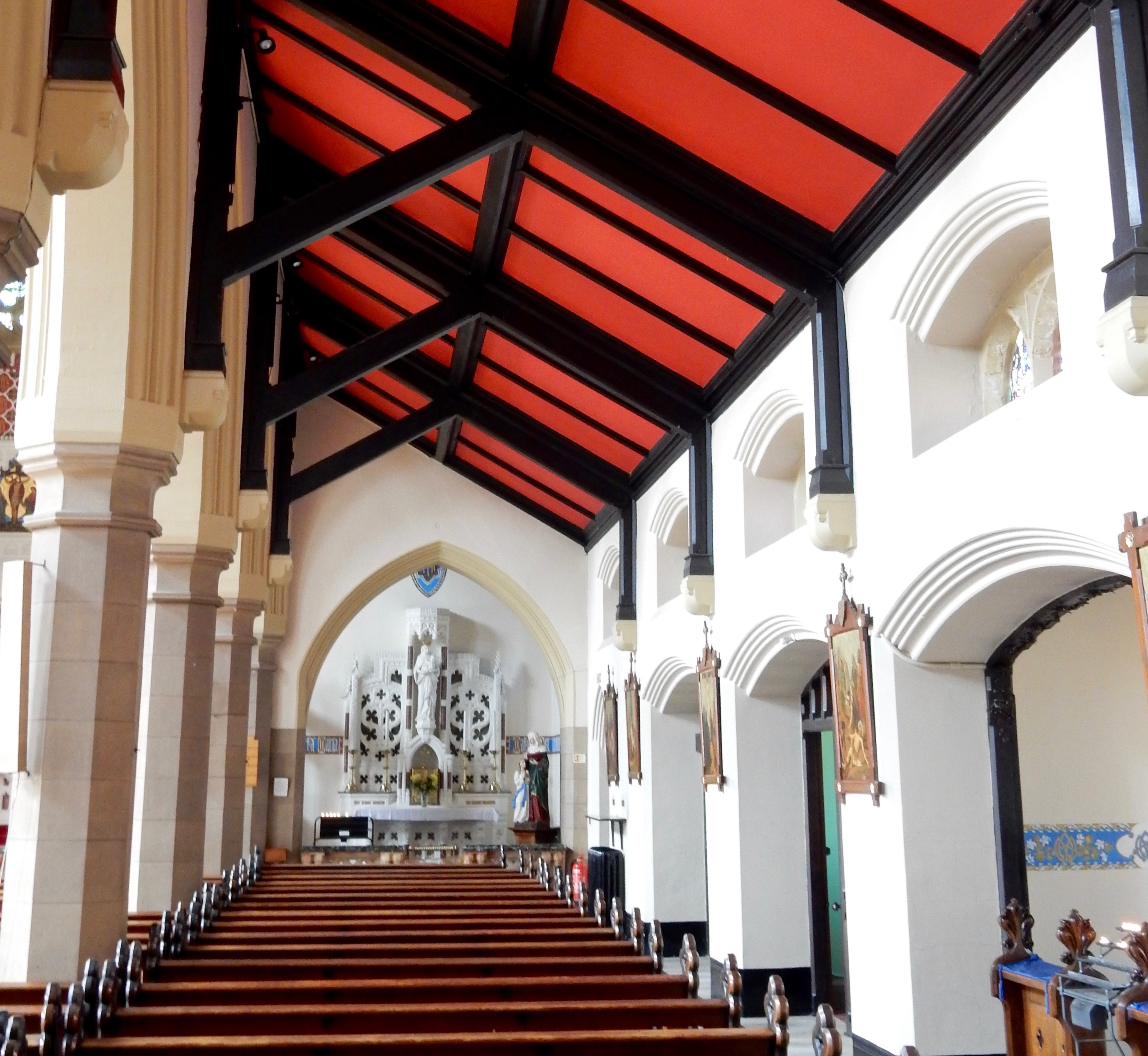
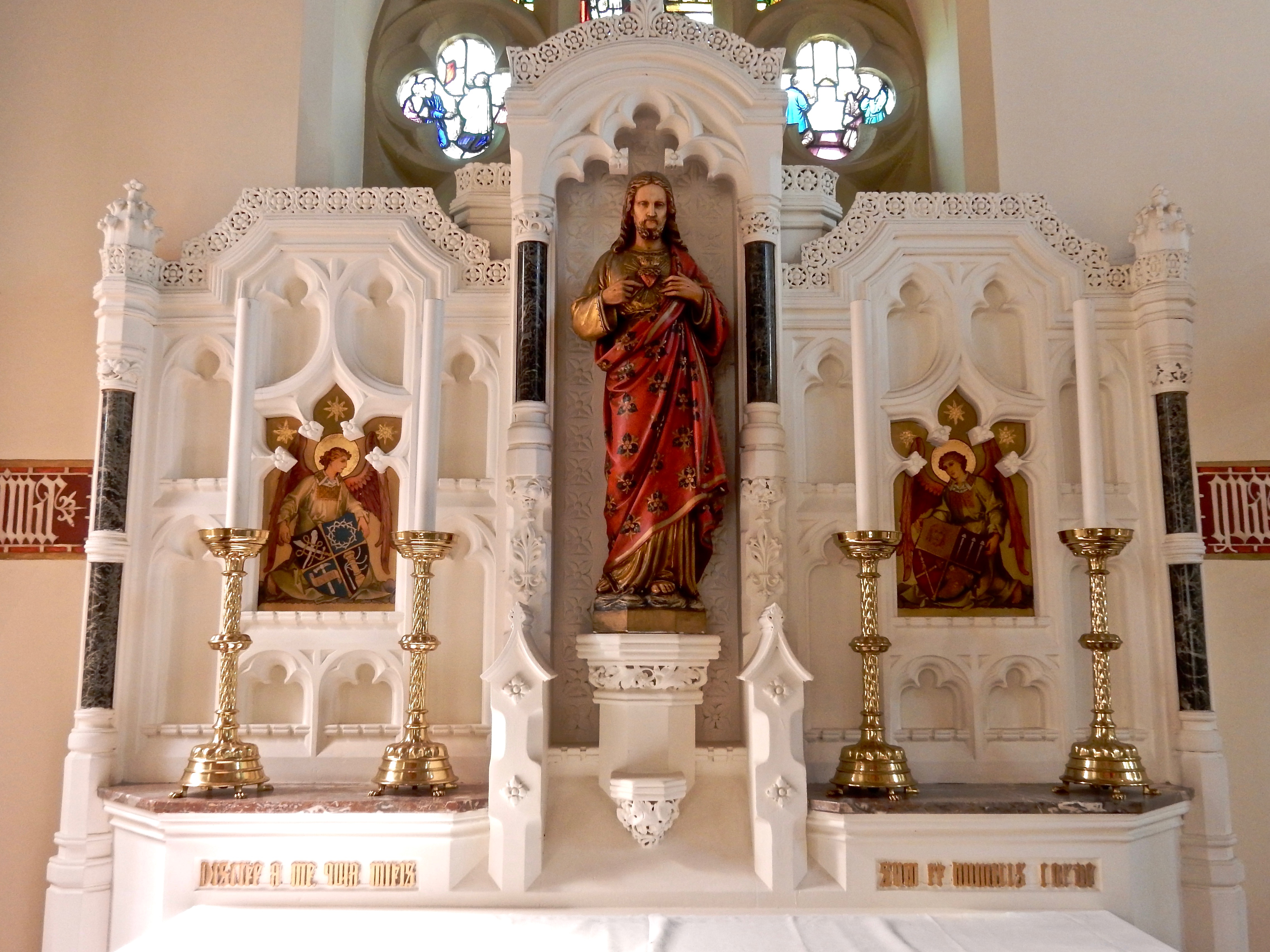
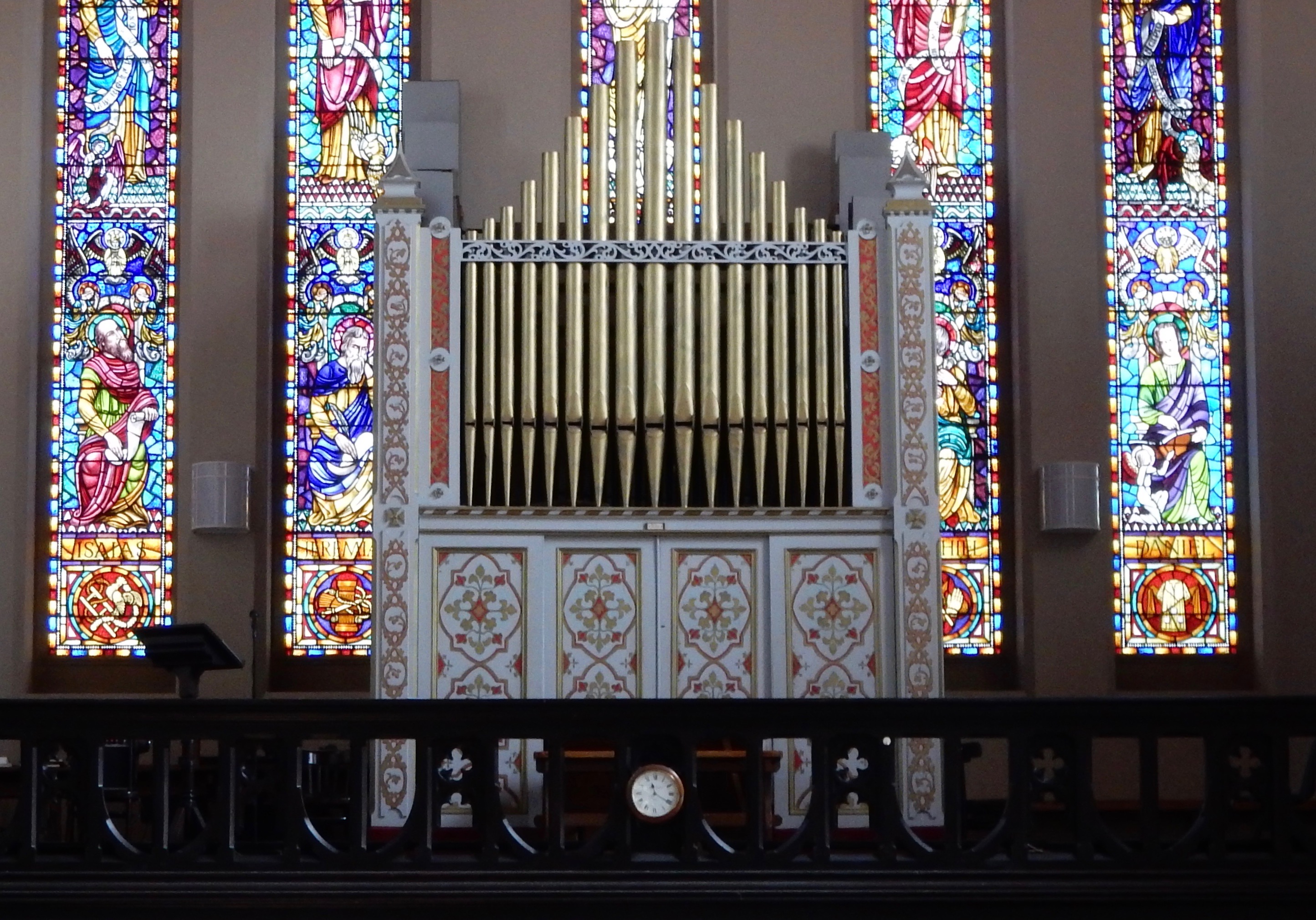
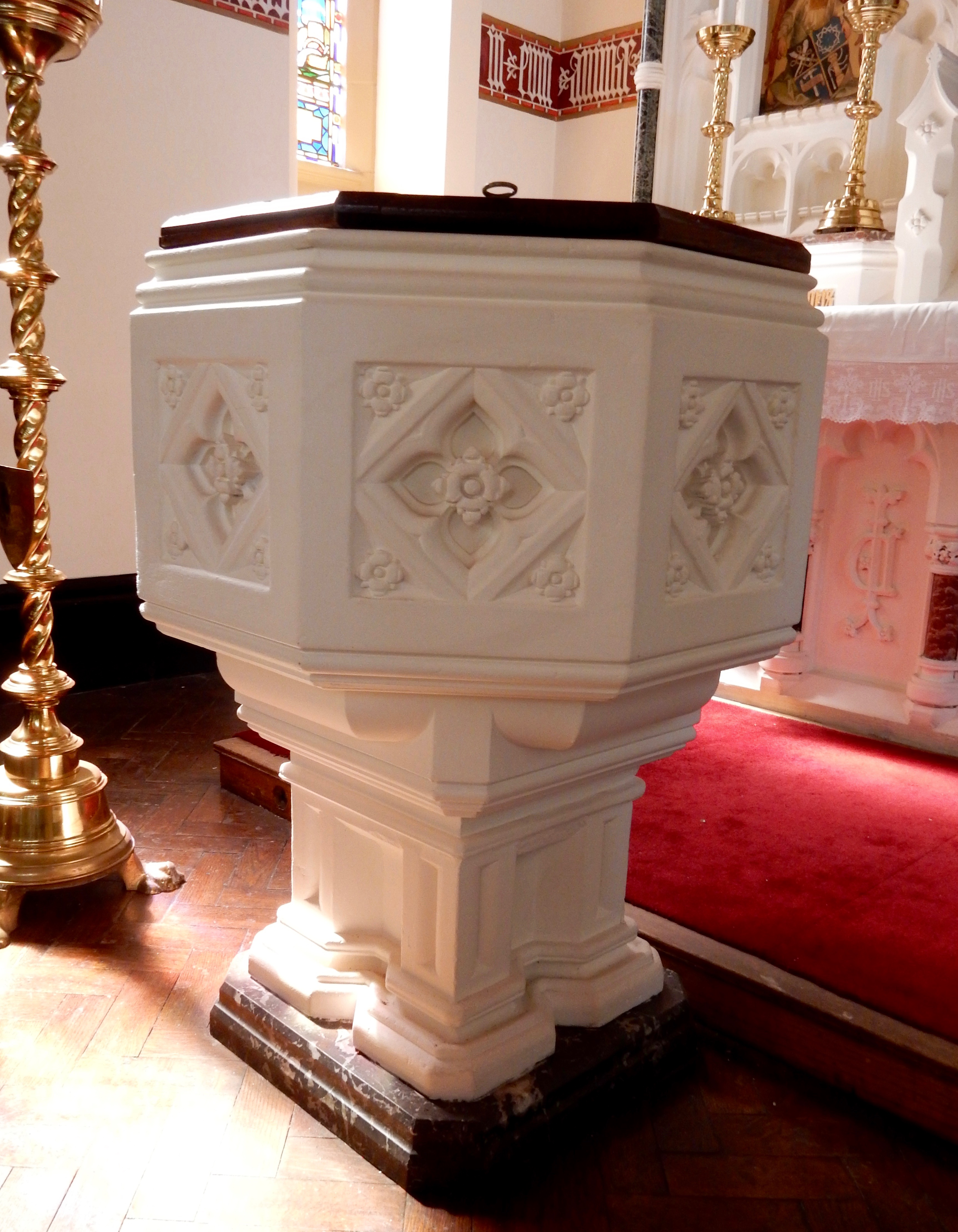
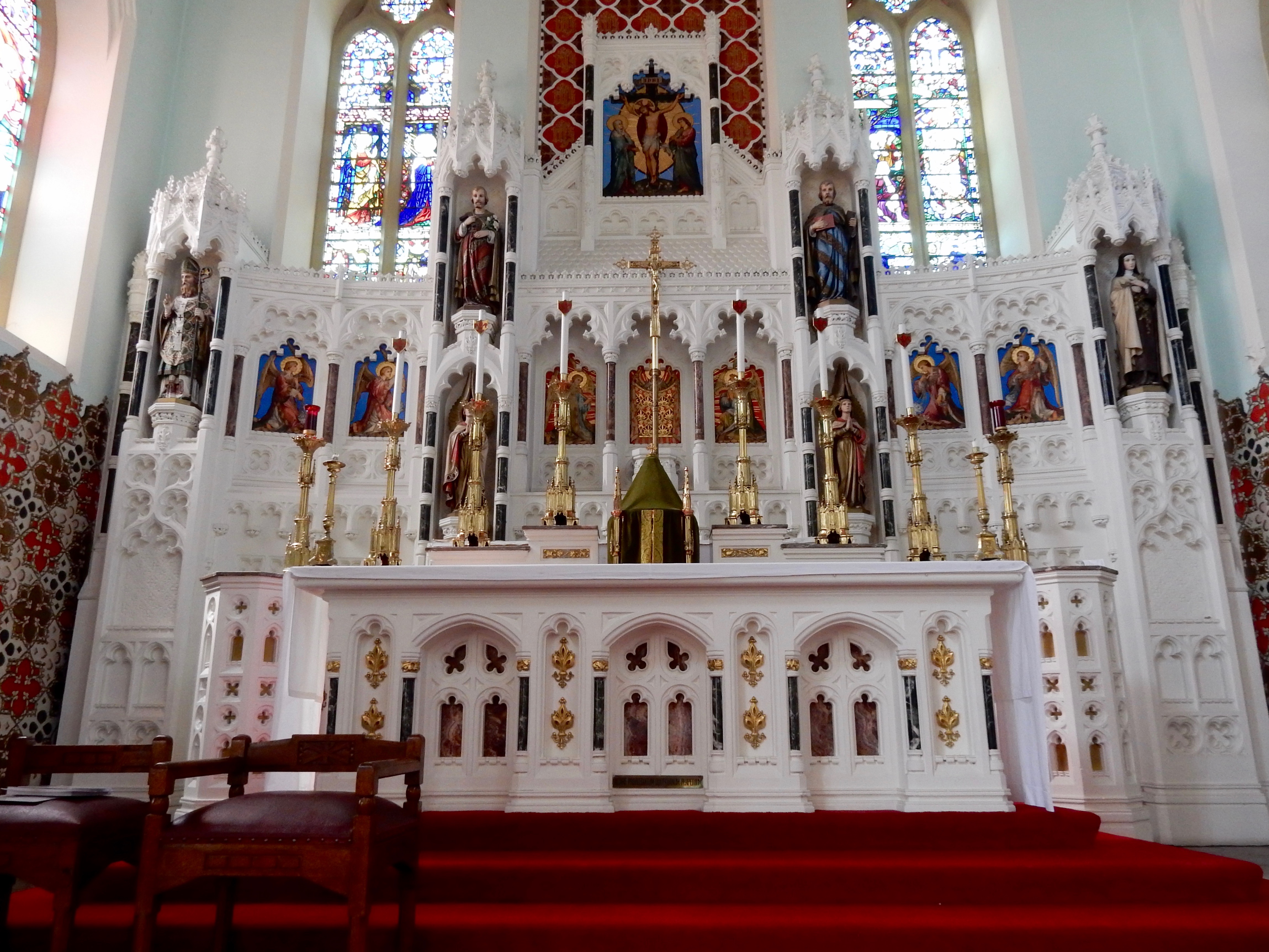
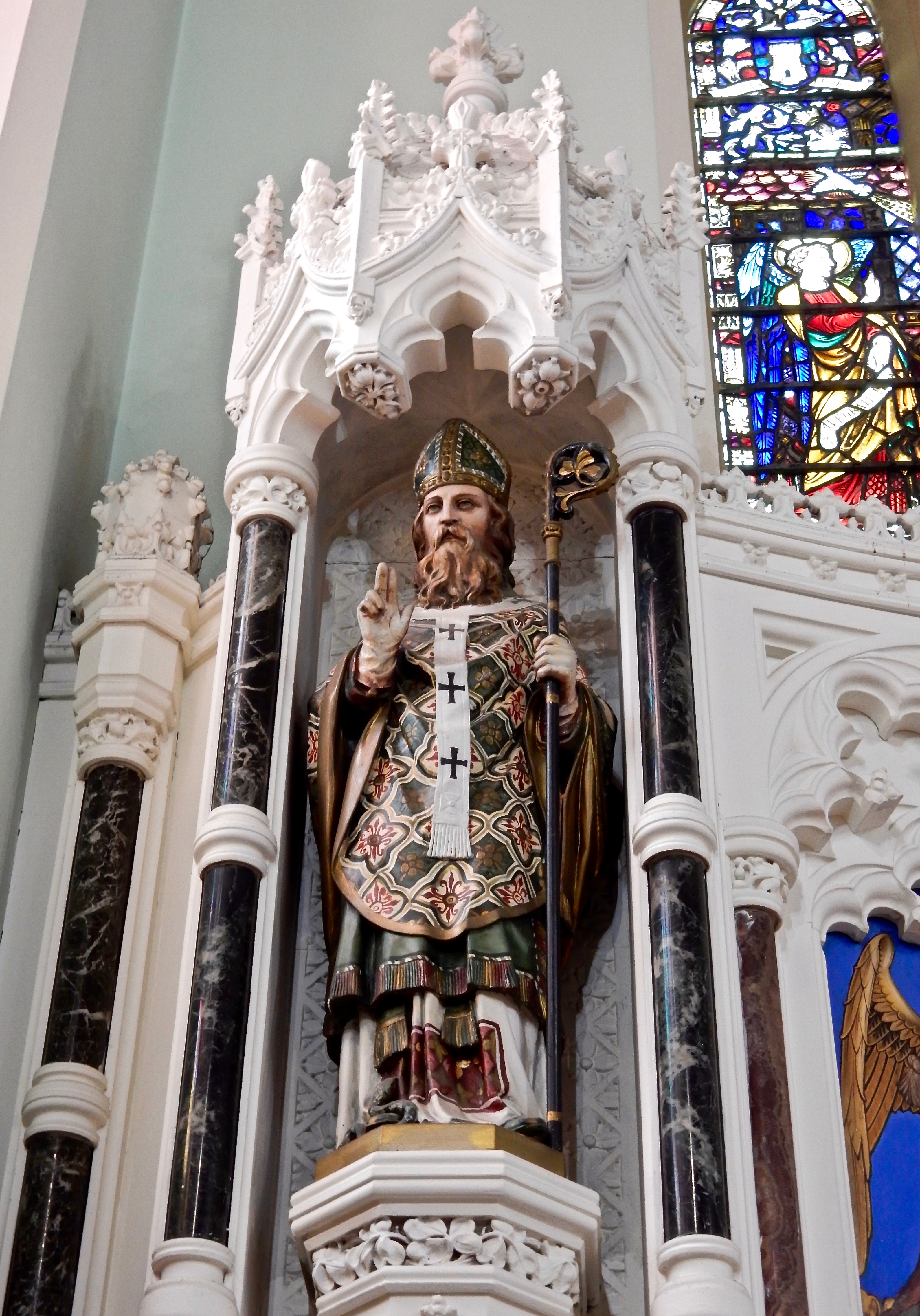
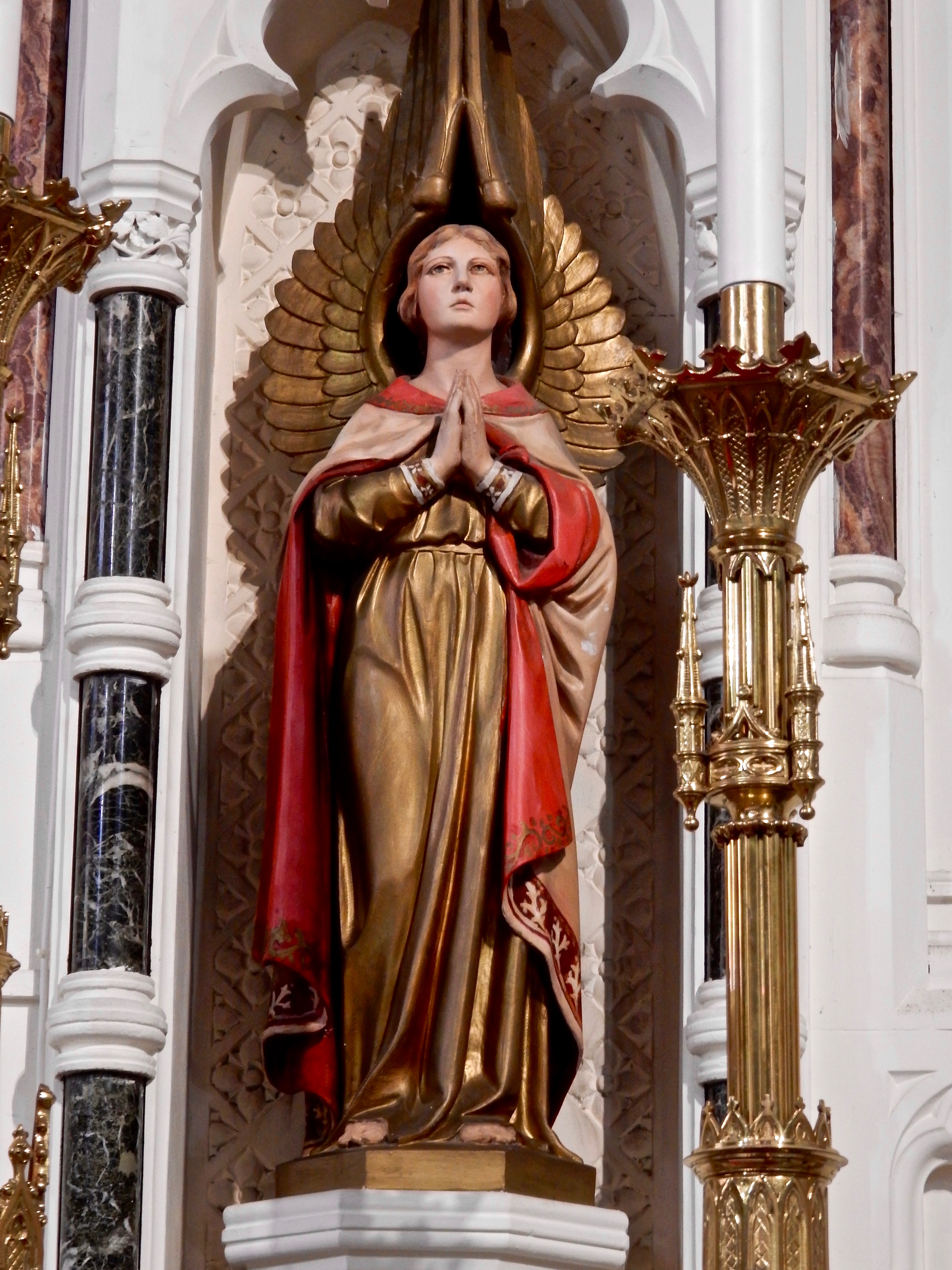
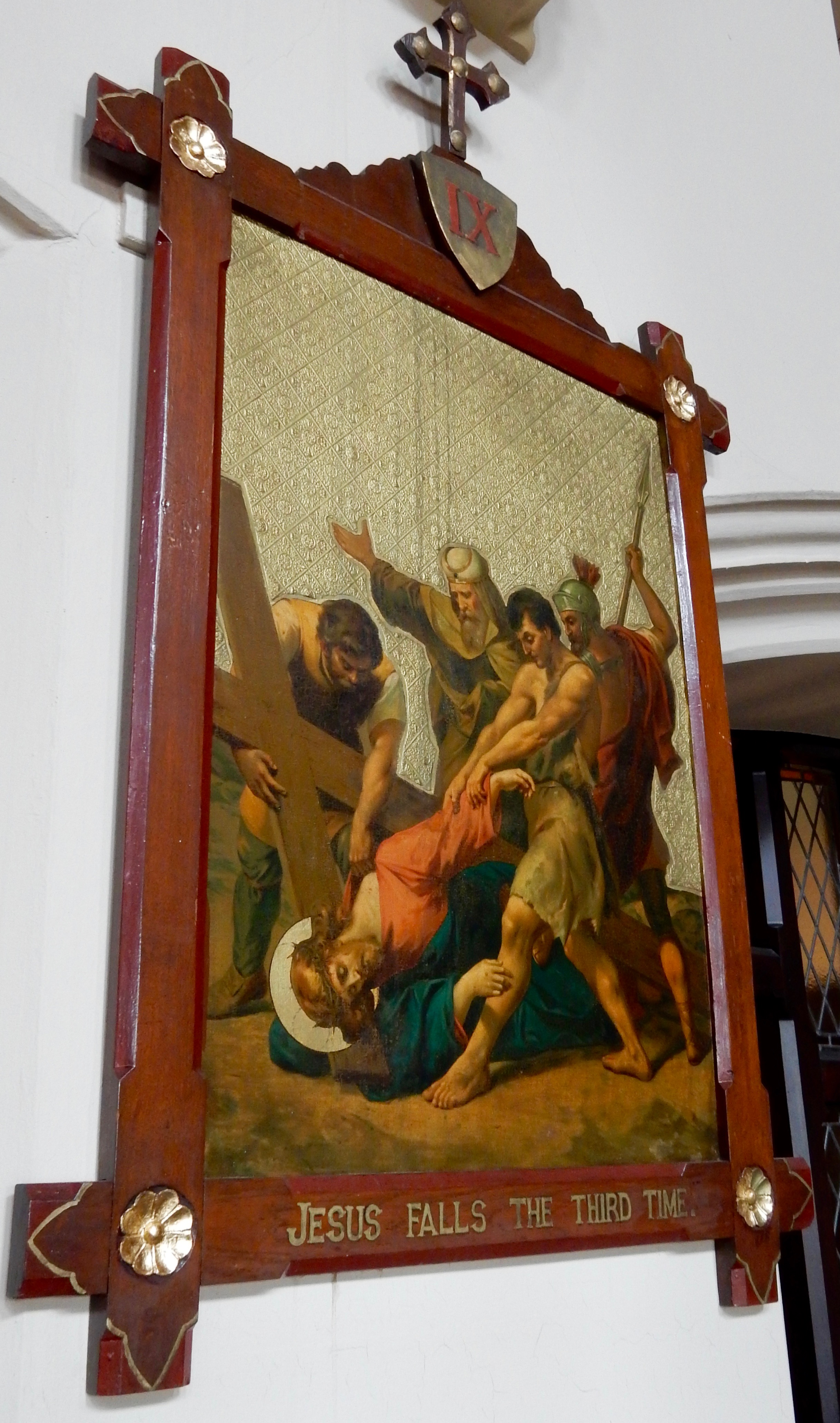
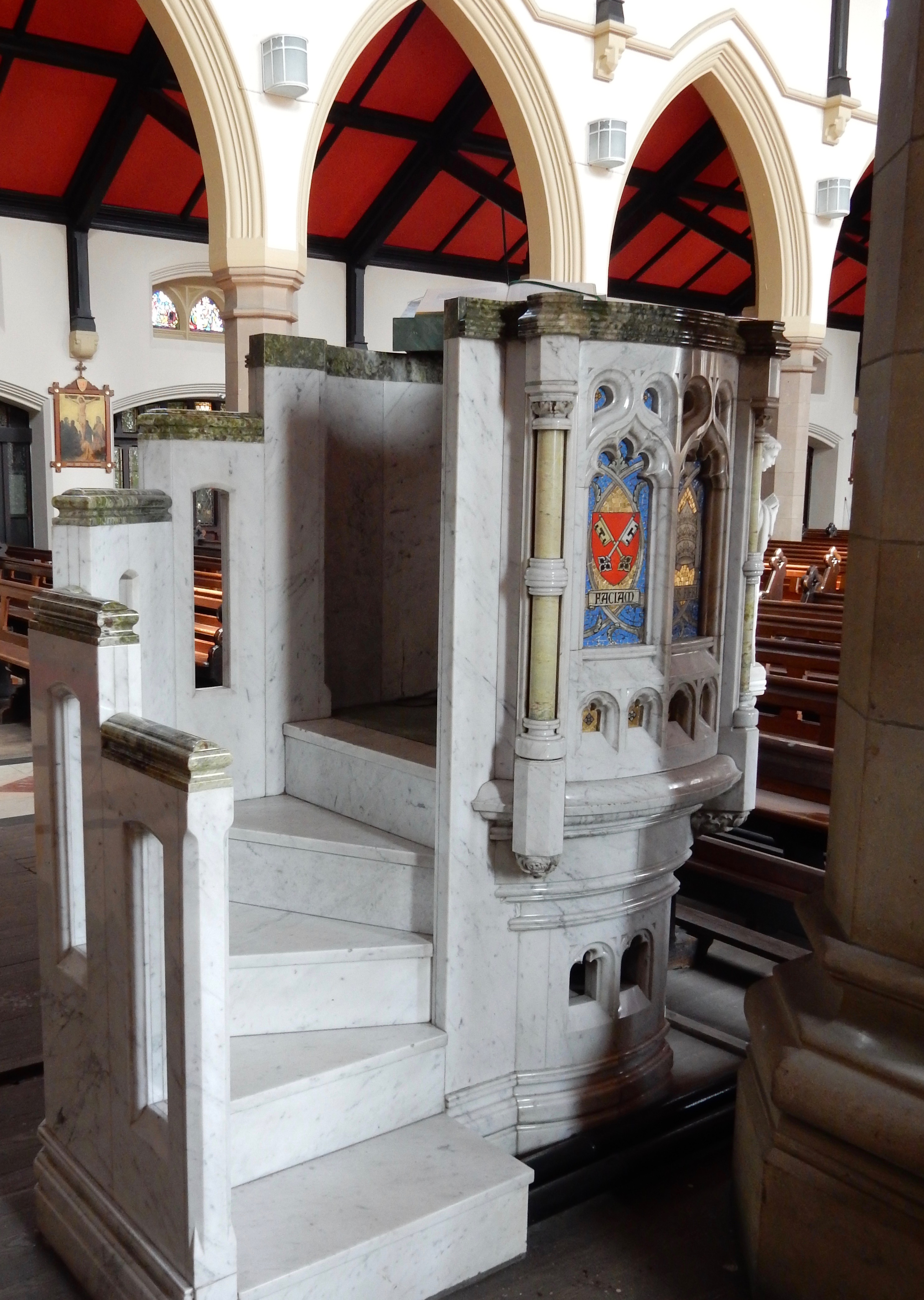
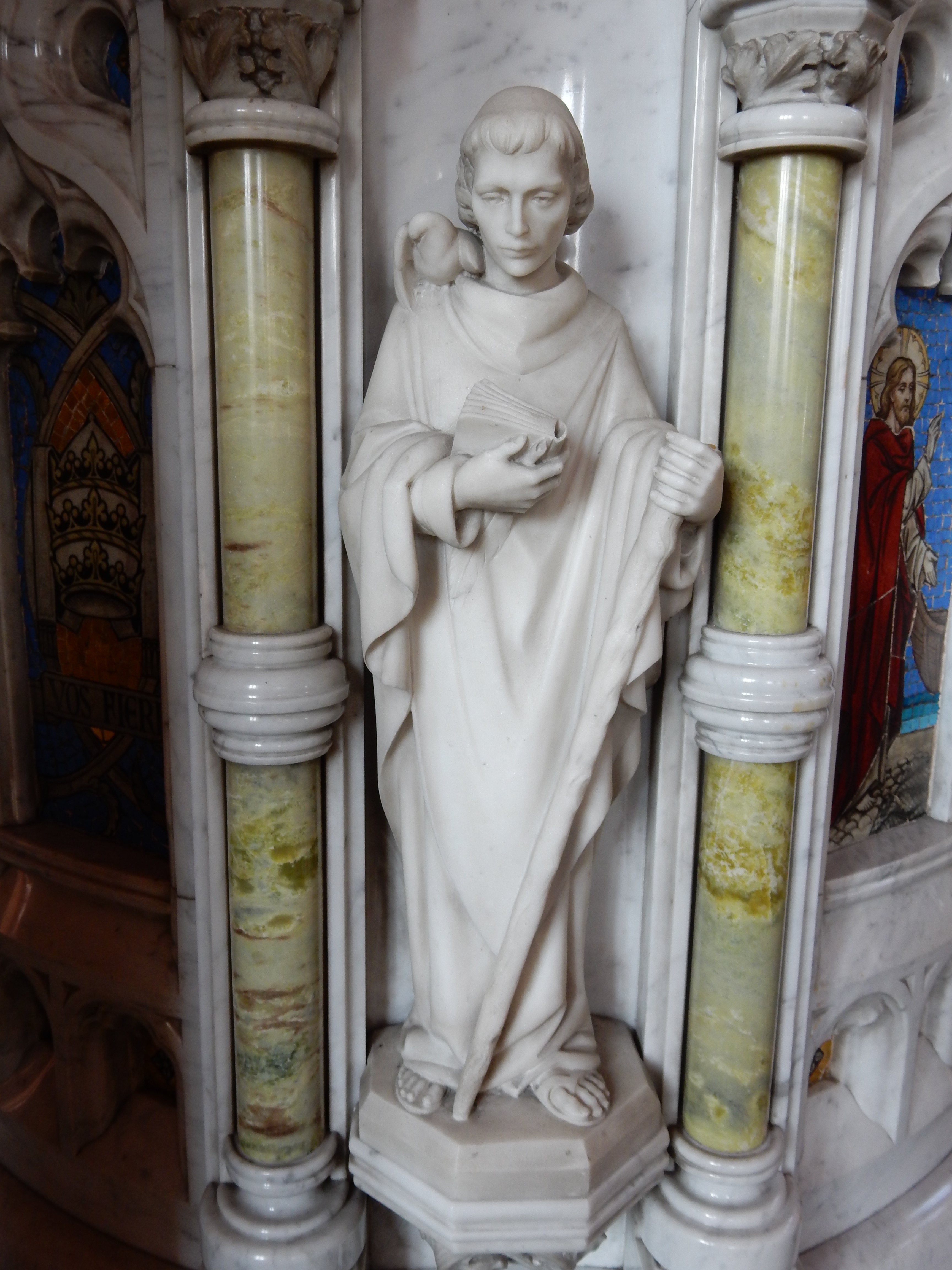
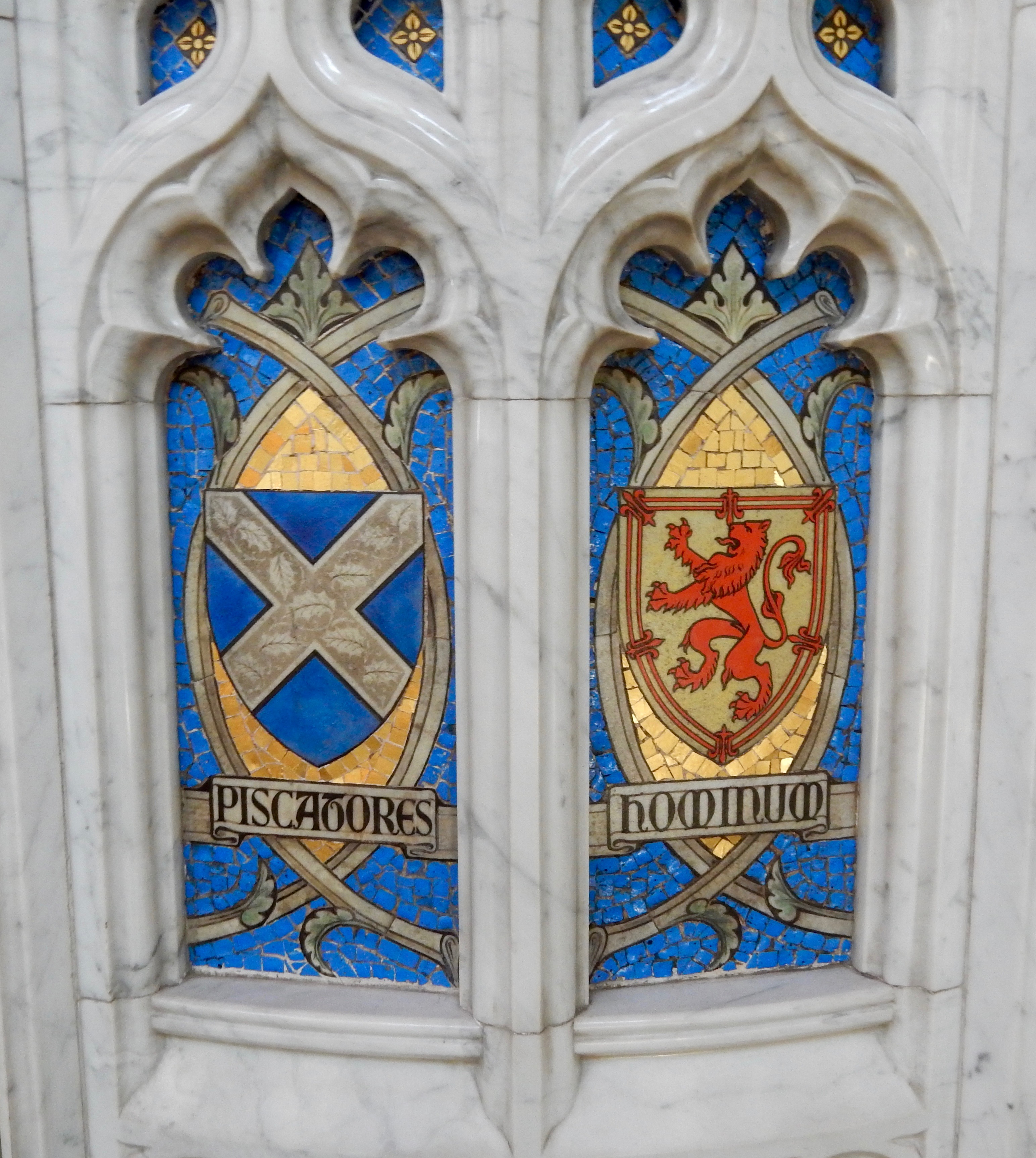
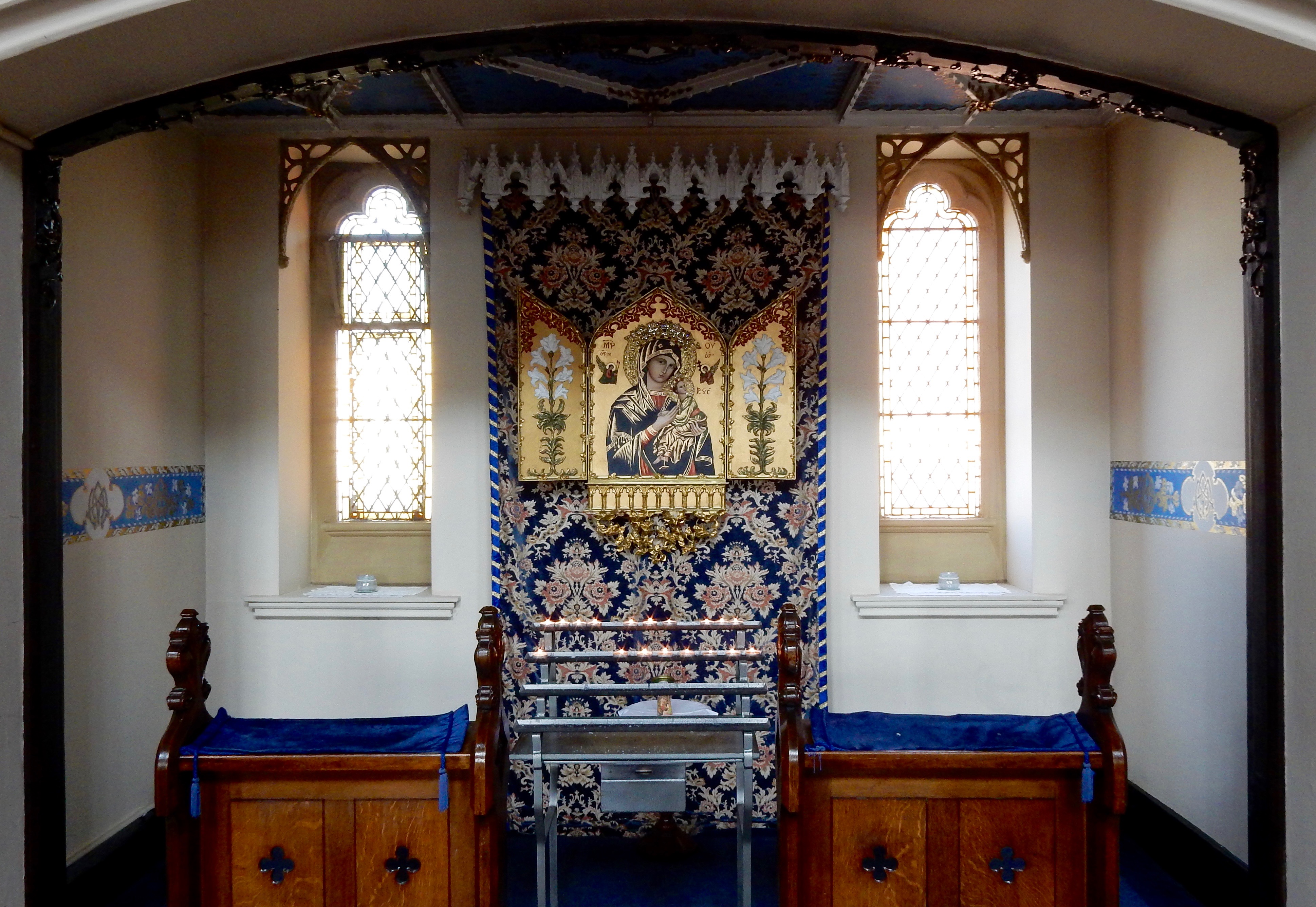
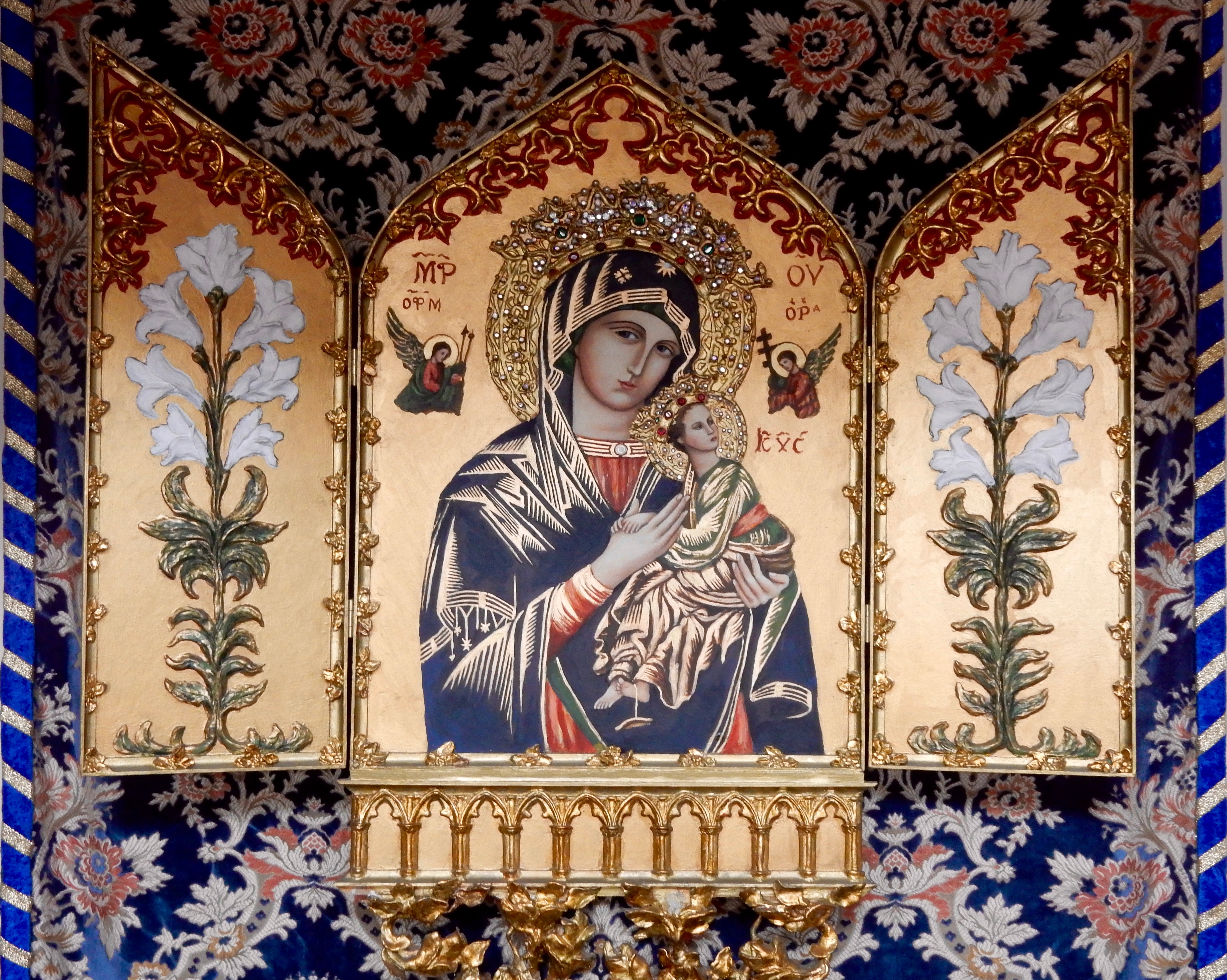
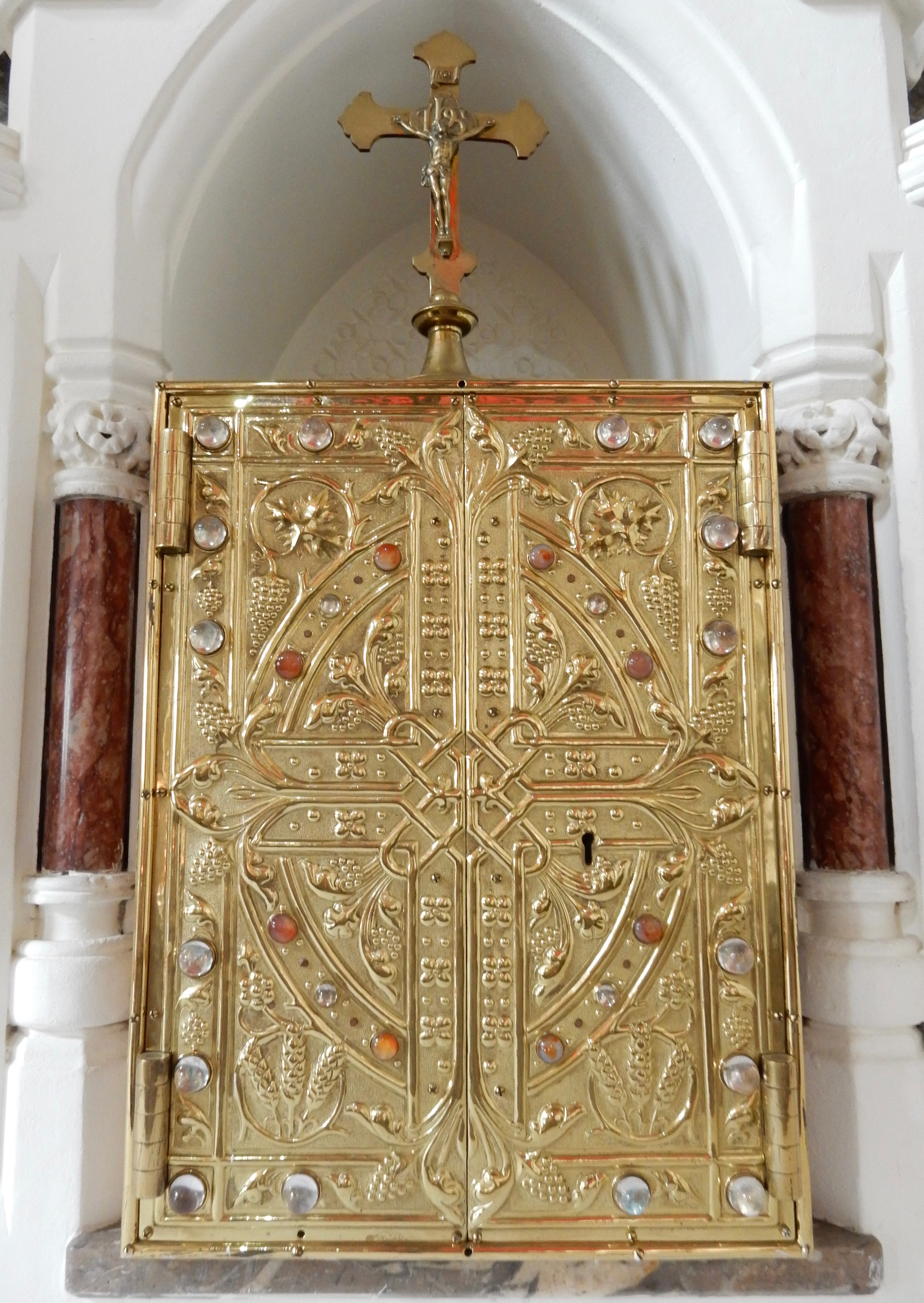
Sorry, the comment form is closed at this time.



A Website Visitor
A very detailed and descriptive commentary on what is a iconic church building. The writer brings out the fact that the church was built at a time when the local catholics had to finance their own buildings in what was a financially poor industrialised community and indeed fight for the propagation of their faith. No doubt if this church was in one of the more “salubrious” regions it would be a well visited one.
A Website Visitor
Dear Luke Doherty, thankyou for your article and photographson OHR ,Clydebank . OHR was for 75 years the parish church of my family. I was baptised there in 1949. I visited it recently with some cousins .I had not been back for 50 years.We were lucky enough to see the unusual monstrance . If you wish I can email you some notes and pix that I assembled for my family about this rather special piece of church plate and its interesting iconography.. best wishes, Frank Milner
A Website Visitor
Hello there. For purpose of family tree, I would like to know when was public appeal made for monstrance. Our mother and her two sisters agreed to donate a good sovereign, which was a family treasure . I just would like to be accurate about when these discussions took place as we have a cousin’s day soon and we all recall it. Our family were parishioners of St Eunan’s but we all acknowledge the importance of OHR, as we called it. Hope u can help. With thanks from Joe Pugh
A Website Visitor
who carried out the the art interior work in the 1990s
A Website Visitor
Lovely Church! I am very interested in the Mirrlees organ; I am organist in both Kirkcowan and Wigtown Parish churches, (Dumfries & Galloway) Kirkcowan Church has a small chamber organ by J&A Mirlees Cochran street Glasgow and was originaly sold by De Montie`s Buchannan street Glasgow! Kind Regards, Angus.